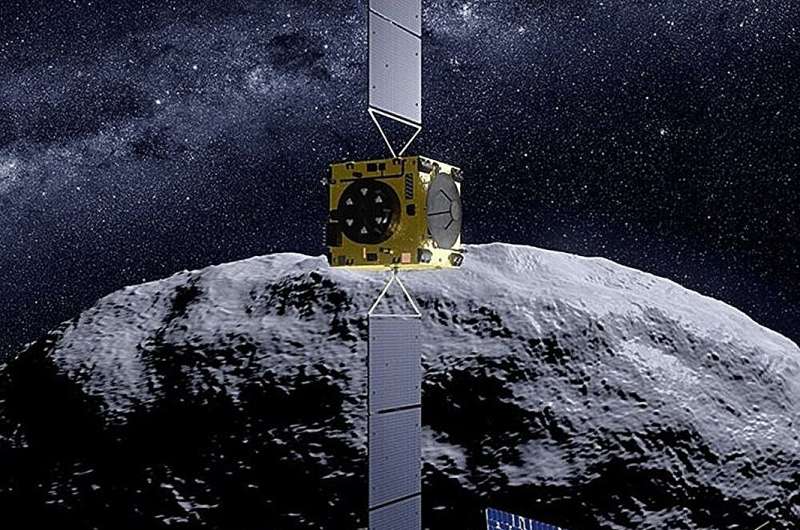Exploring near-Earth asteroids (NEAs) is crucial for our planetary defense strategy. However, traditional missions have been costly, hindering progress in space exploration.
Enter the innovative DISCUS mission concept developed by Patrick Bambach and his team at the Max Planck Institute for Solar System Research. This mission utilizes two 6U CubeSats equipped with ground penetrating radar to map the interior of NEAs at a fraction of the cost of previous missions.
The DISCUS mission involves deploying two CubeSats with powerful radar systems to opposite sides of an NEA, allowing them to scan through the asteroid’s interior. The ideal target for this mission is an asteroid similar in size to Itokawa, known for its sparse interior composition.
To achieve its objectives, DISCUS utilizes a radar antenna called a half-dipole, operating at low frequencies to penetrate larger objects. The mission also employs stepped-frequency modulation to gather a wide range of data about the asteroid’s composition.
Stay tuned for the groundbreaking DISCUS mission, set to revolutionize our understanding of NEAs and enhance our planetary defense capabilities.
2024-07-25 13:15:03
Source from phys.org
